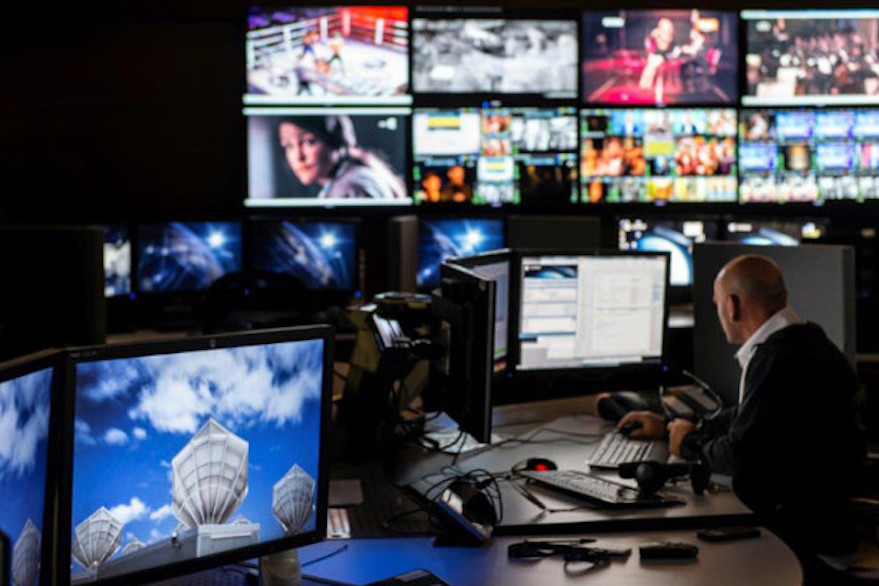WASHINGTON — The Center for Strategic and International Studies released its annual Space Threat Assessment report April 17. Analysts leveraged open-source information to examine developments in space weapons and trends impacting U.S. national security space systems.
The assessment highlights the expanding anti-satellite capabilities of foreign adversaries, notably China and Russia, alongside the world’s growing reliance on space-based systems for critical services. The report also emphasizes the increasing vulnerability of both civilian and commercial space systems, not just to traditional “counterspace” weapons but also to cyberattacks and espionage.
New milestones
Countries like China, North Korea, Iran, India and Japan over the past year have reached new milestones in space, with record-setting launches, satellite deployments and lunar missions, the CSIS report points out. While not all of these advances are in the realm of counterspace weapons, they show steady progress in building the foundational capabilities to support civil and military systems.
The report highlights how commercial space services, from remote sensing to satellite connectivity, are increasingly playing a visible role in global conflicts, putting space business leaders in the geopolitical crosshairs. Examples from Ukraine, Israel and Gaza show how these technologies are being utilized by all sides.
Based on previous CSIS assessments, a pattern has emerged that suggests the normalization of certain counterspace activities that had heretofore been uncommon, the study noted. While the use and testing of kinetic weapons that generate space debris remains rare, cyberattacks, jamming and spoofing activities, and unfriendly behaviors in space have now become commonplace and rarely trigger an escalatory or retaliatory response. These activities have become normalized.
Cyber attacks
Other than for espionage aimed at acquiring information on space and aerospace technologies, cyber threat actors are likely targeting space systems because space capabilities support critical national capabilities, such as telecommunications, CSIS analysts pointed out.
China and Russia are both operating satellites that attempt to better understand high-value U.S. government satellites. Russia is operating at least two satellites in geostationary orbit that probably have an espionage mission but may also perform other functions, the study says. China, meanwhile, has tested technologies and procedures for using grappler satellites in GEO. These developments are concerning and will likely continue in the coming years.
The study outlines efforts to interfere with global navigation satellites have become ubiquitous, with many regions experiencing the effects of jamming and spoofing. These activities seek to deny access to GPS and other systems within a certain area on Earth rather than aiming to disable a whole constellation. These jamming and spoofing efforts can put at risk public safety, impacting civilian and commercial activities in the vicinity of conflict zones.
The military space capabilities of China, Russia, India, Iran, North Korea, Australia, France, Israel, Japan, South Korea, the United Kingdom and non-state actors are included in the report. CSIS’ assessment complements the space threats study published annually by the Secure World Foundation.
More jamming, spoofing
The report’s lead author Clayton Swope, senior fellow at CSIS’ International Security Program, said it’s worth noting that no destructive anti-satellite weapon test has been conducted since 2021 when Russia blew up one of its spacecraft in low Earth orbit. But that should not make countries complacent, he said, because other non-kinetic activities are indeed ramping up.
“At first glance it might seem that counterspace threats are on the decline,” Swope said. “But other threats that can disrupt our use of space — GPS jamming and spoofing, cyber attacks, and unfriendly behaviors of Russian and Chinese satellites — are becoming more and more common.”
“The bottom line is that you do not need to destroy a satellite to deny the use of space,” Swope added. “There are other ways, and some of those other ways are happening with greater frequency.”
“Once we started doing our research, I was surprised at how many counterspace activities happen right under our noses,” Swope said.
